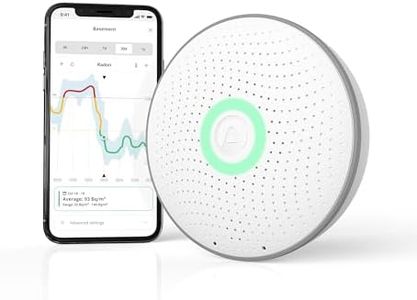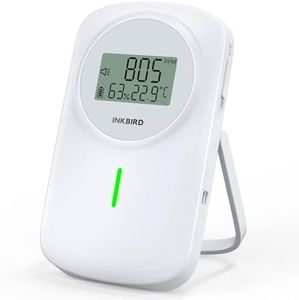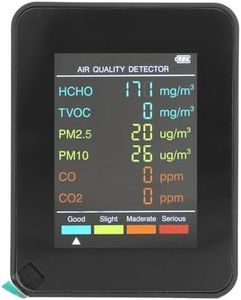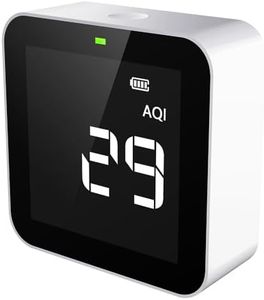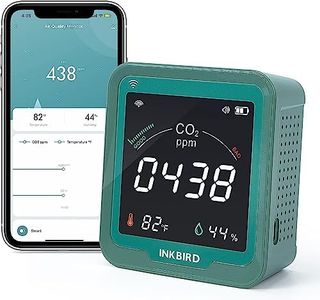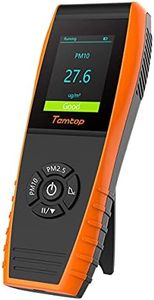We Use CookiesWe use cookies to enhance the security, performance,
functionality and for analytical and promotional activities. By continuing to browse this site you
are agreeing to our privacy policy
10 Best Air Quality Monitors
From leading brands and best sellers available on the web.Buying Guide for the Best Air Quality Monitors
Choosing an air quality monitor can make a big difference in understanding and improving the air you breathe at home or work. These devices measure pollutants and help you decide when to ventilate or take steps to make the environment healthier. To select the best air quality monitor for your needs, it's important to know which features matter the most, what different readings mean, and how they fit your lifestyle or concerns, whether you have allergies, asthma, or just want a healthier space.Detected PollutantsOne of the most important specs is which pollutants the monitor can detect. Common pollutants include particulate matter (PM2.5 and PM10), volatile organic compounds (VOCs), carbon dioxide (CO2), carbon monoxide (CO), and sometimes gases like nitrogen dioxide or ozone. Some monitors check just one or two, while others can track several at once. If you are mainly worried about dust and allergies, PM2.5 sensors are important. If you use many household chemicals, VOC detection matters more. Think about your main concerns (pets, asthma, city pollution, or chemical exposure) and choose a monitor that tracks those specific dangers.
Accuracy and Sensor TypeAccuracy describes how closely the monitor's readings match actual air conditions. There are basic sensors and more advanced lasers or electrochemical sensors. Simple models may give a general indication (good, fair, poor), while advanced ones show precise numbers. For basic awareness, general models are enough, but if you plan to make serious health decisions or compare air before and after changes, invest in a monitor with more accurate sensors, and look for references to independent testing or calibration.
Data Display and ConnectivityHow the monitor shows you air quality data is very helpful. Some have built-in screens, while others rely on smartphone apps or web dashboards. Simple monitors use colored lights or icons, while others give you detailed graphs and alerts. If you want to just glance and understand air quality, a clear display or easy-to-read app is best. For further analysis or long-term tracking, make sure you can export data or get notifications when things change.
Portability and PowerPortability refers to whether the monitor must be plugged in or runs on batteries. Some are made for a single spot in your home, while others can be moved around or even taken with you when traveling. If you only care about one room, a stationary monitor is fine, but if you want to check different areas (bedroom, office, outdoors), look for portable options with decent battery life.
Maintenance and ConsumablesSome monitors need regular cleaning or replacement parts, like filters or calibration gases, especially those with advanced sensors. Others are nearly maintenance-free. If you prefer not to fuss with ongoing upkeep or replacement parts, look for lower-maintenance models. But if you need top accuracy and don't mind routine care, higher-maintenance models may suit you better.
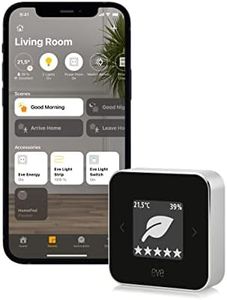
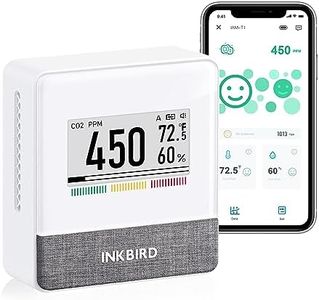
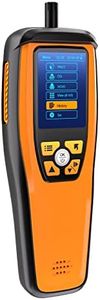
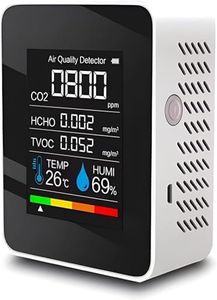
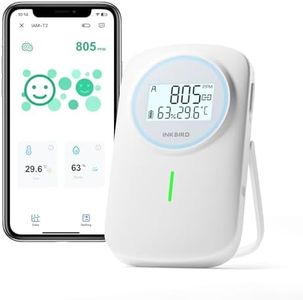
![Atmotube Pro Portable Air Quality Monitor [PM1, PM2.5, PM10, VOCs, Temperature, Humidity and Barometric Pressure Sensor]](https://images-proxy.bestreviews.guide/ktaYs8TF1PhxoJALM6Y9uV8VSJI=/0x300/https://m.media-amazon.com/images/I/31FvC1vXHpL._AC_CX679_.jpg)

